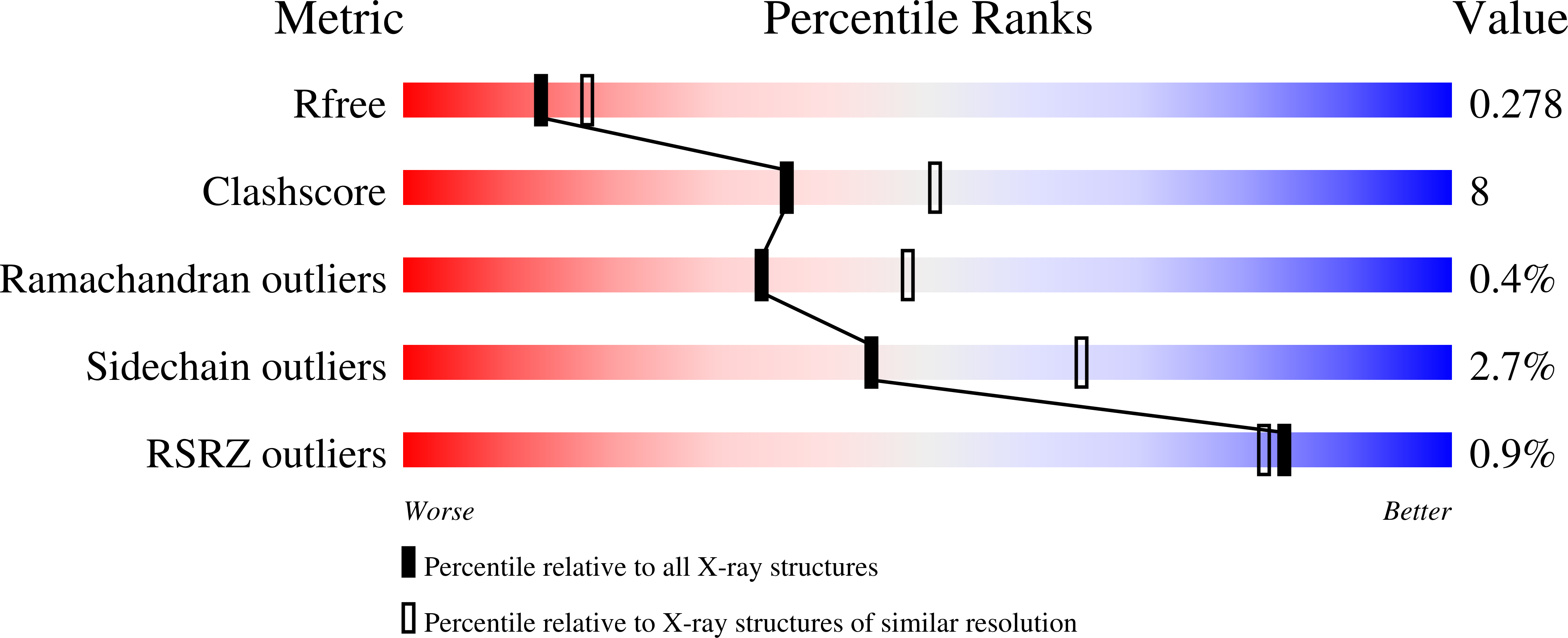
Deposition Date
2019-03-25
Release Date
2020-04-15
Last Version Date
2024-01-24
Entry Detail
PDB ID:
6R5O
Keywords:
Title:
The crystal structure the Glycoside Hydrolase BglX inactive mutant D286N from P. aeruginosa in complex with two glucose molecules
Biological Source:
Source Organism:
Host Organism:
Method Details:
Experimental Method:
Resolution:
2.40 Å
R-Value Free:
0.27
R-Value Work:
0.23
R-Value Observed:
0.23
Space Group:
P 1


